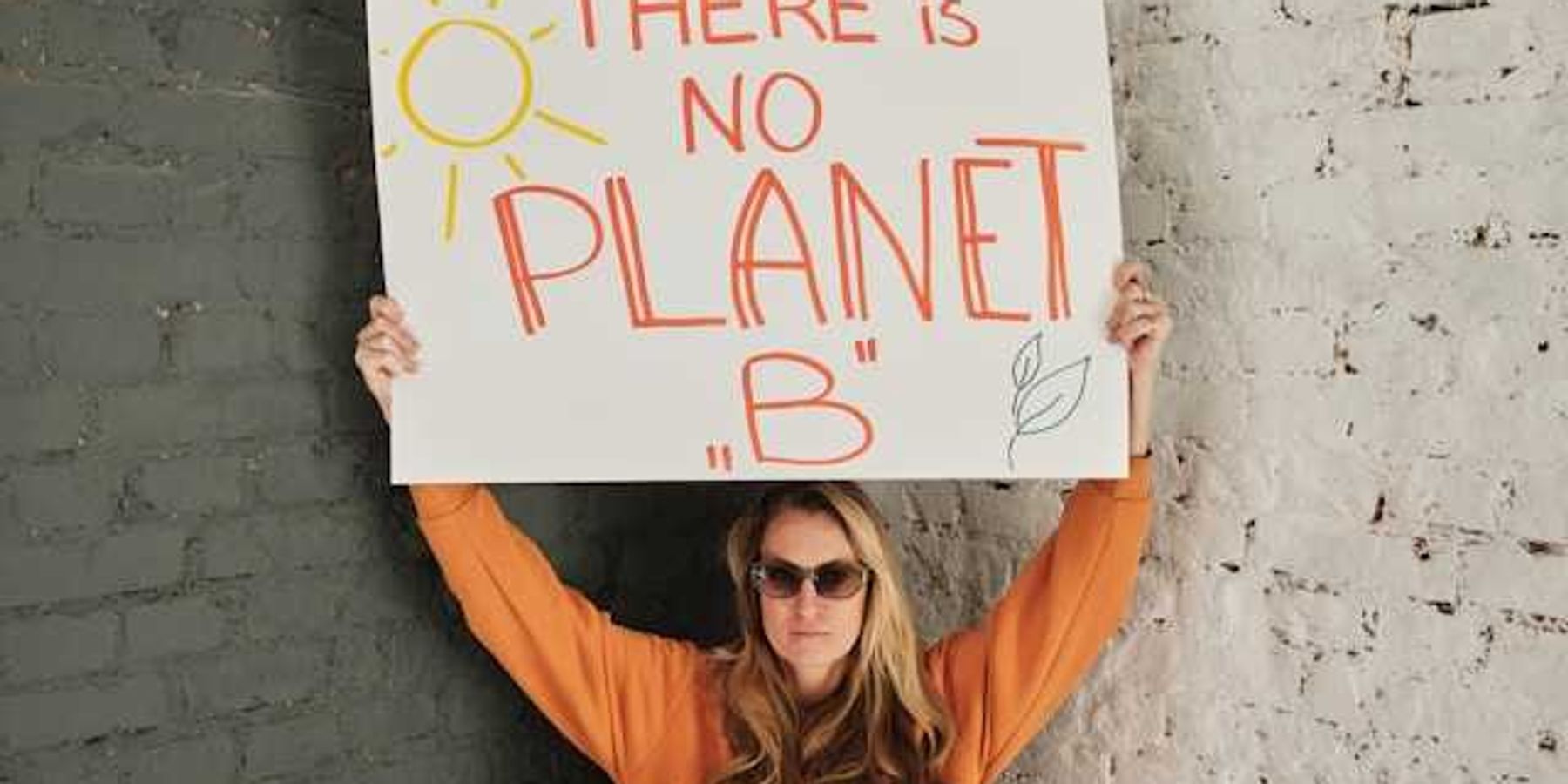pennsylvania
Trump administration gives Three Mile Island nuclear project $1 billion loan
The Pennsylvania site, shorthand for the dangers of nuclear power after a 1979 meltdown, is set for revival under a deal to power Microsoft data centers.
Credit: Tashka/Big Stock Photo
After years of sparring, Gov. Shapiro abandons Pennsylvania's landmark climate initiative
Gov. Josh Shapiro has withdrawn Pennsylvania from the Regional Greenhouse Gas Initiative, abandoning the state’s signature climate policy in a move that stunned environmental advocates.
Credit: Getty Images/Unsplash+
US EPA drops planned delay in compliance with fenceline monitoring at coke plants
Residents will no longer have to wait two years to find out whether they are breathing benzene and other contaminants.
Newsletter
Credit: Brad Weaver/Unsplash
Scientists find evidence that a Pennsylvania town's water was contaminated by fracking
Three years after noticing discoloration and odors in their wells, residents in New Freeport are still fighting for clean water.
Copyright: shutterrudder/BigStock Photo ID: 53059774
Appeal could make it easier for companies to spread drilling fluids on Pennsylvania roadways
In recent years, Pennsylvania regulators have tried to clamp down on roadway spreading of tens of millions of gallons of oil and gas “brines,” high-salt liquids that can be laced with toxic metals and radioactive material. The industry is pushing back.
Newsletter
Photo by Brad Weaver on Unsplash
Fracking’s broken promise to Pennsylvania
Fracking was supposed to lower Pennsylvanians’ electric bills. Instead, they’re higher than ever—and they’re about to get worse.
Newsletter
Credit: kodda/Big Stock Photo
As Trump champions LNG exports, Pennsylvania activists fight proposed Delaware River terminal
A proposed $7 billion liquefied natural gas terminal near Chester and Eddystone has sparked fierce local opposition over explosion risks and added pollution in long-burdened communities, even as the Trump administration accelerates LNG exports and rolls back environmental rules.
ORIGINAL REPORTING
MOST POPULAR
CLIMATE
















